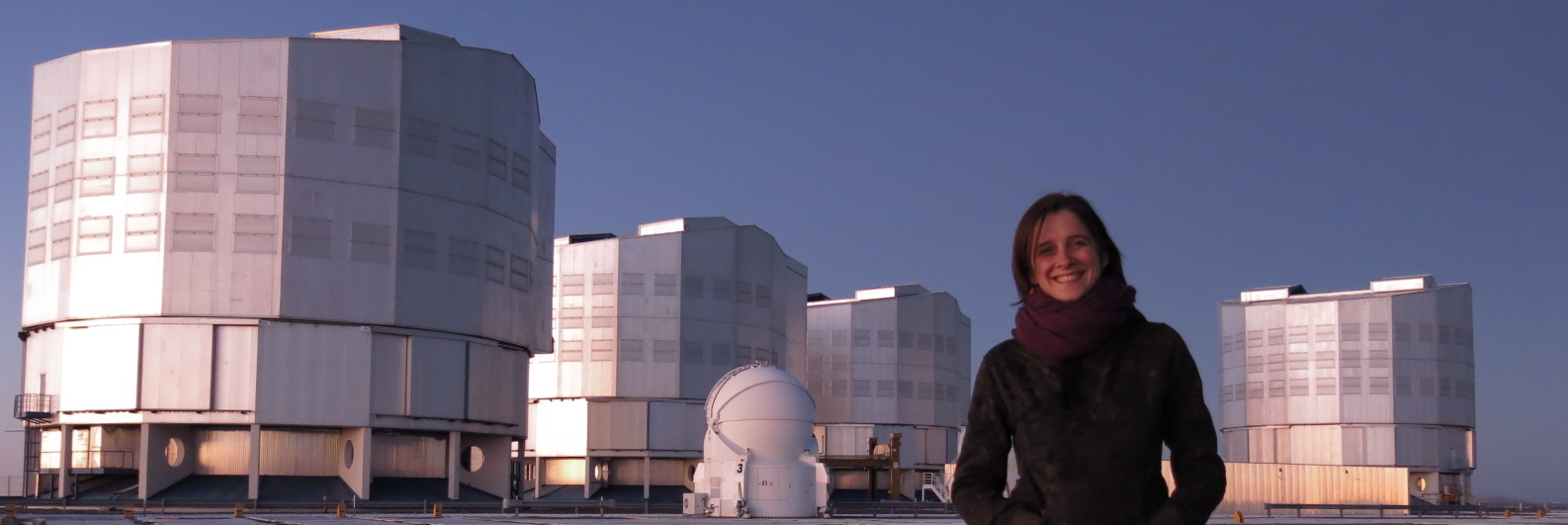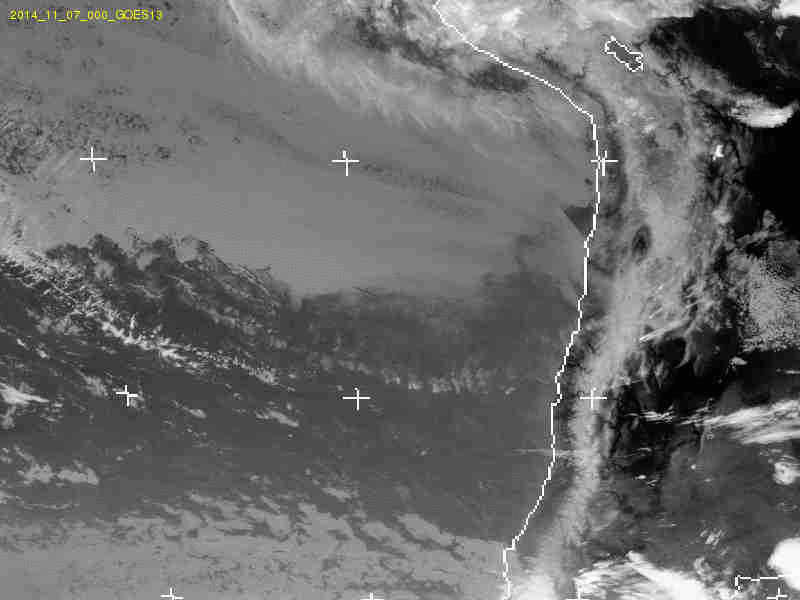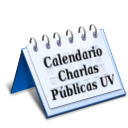PhD: University of Nottingham
Research area: galaxy evolution, galaxy clusters, large scale structure
Publications: https://www.ifa.uv.cl/sites/yara/pubs.html
Telephone: (+56 32) 250 8309
email: This email address is being protected from spambots. You need JavaScript enabled to view it.
Website: https://www.ifa.uv.cl/sites/yara/index.html
About my research: Most of my research is focused on the understanding of galaxy formation and evolution as a function of cosmic time and environment. In particular, I study the different physical processes that affect galaxies in clusters, groups and cosmic filaments, combining multi-wavelength data with cosmological simulations. I am part of several international collaborations, including GASP, which is dedicated to understanding the gas cycle of galaxies in the so-called "jellyfish galaxies" in great detail.
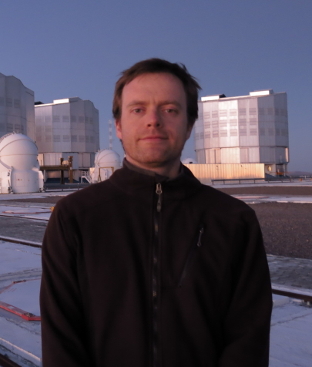
PhD: University of Nottingham, UK (2010).
Research Area: numerical simulations, cosmology and gravitation.
email: graeme.candlish at uv.cl
Website: https://www.ifa.uv.cl/sites/graeme/
About my research: My work is focused on the study of gravity, and particularly modifications to General Relativity. These modifications have consequences for the formation of structure in the Universe, and for the evolution of galaxies and galaxy clusters. My research uses analytical and numerical methods (computational simulations).
Teaching: Undergraduate courses: "Introducción a las Menciones (Computación Científica)", "Termodinámica" and "Mecánica Intermedia".
See my research at: Cosmology - Gravitation - Galaxy Formation and Evolution.
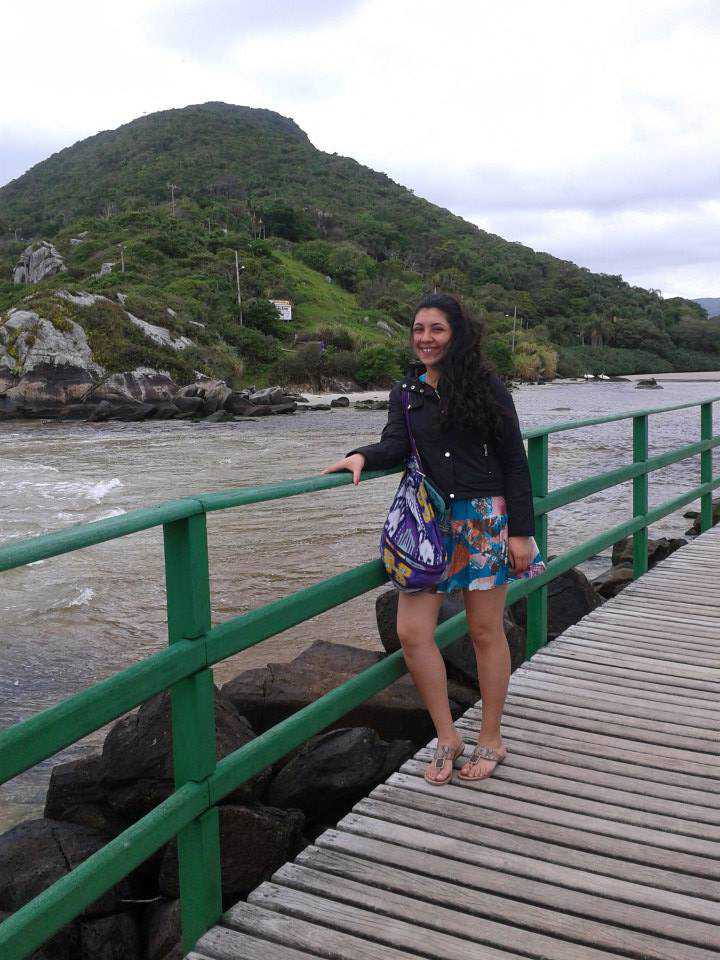
PhD: PhD in Astrophysics, Universidad de Valparaíso
Area de investigación: Massive stars, stellar winds, Be stars, line variability
Publicaciones: https://ui.adsabs.harvard.edu/#search/q=author%3A(%22Arcos%2C%20C%22)&sort=date%20desc%2C%20bibcode%20desc
Teléfono: (+56 32) 250 8301
correo electrónico: This email address is being protected from spambots. You need JavaScript enabled to view it.
Página web: //
Sobre mi investigación: Mi investigación se centra en el estudio de variabilidad de las estrellas Be, los parámetros de disco y estelares, su tasa de pérdida de masa y la conexión con la formación del disco. Para hacer esto, creamos el sitio web de BeSOS: https://besos.ifa.uv.cl que contiene espectros HR reducidos de las estrellas del sur de Be observadas con el espectrógrafo PUCHEROS. Restringimos los parámetros estelares de 71 estrellas Be usando atmósferas de modelado estelar. Las velocidades de rotación proyectadas se obtuvieron para todos los espectros, así como EW, DPS, V / R en la línea Halpha.
Cursos de pregrado: Introducción a la Física, Fundamentos de la Física, Física (Filosofía)
Curso de postgrado "ATLAS of Be stars" (MAS)
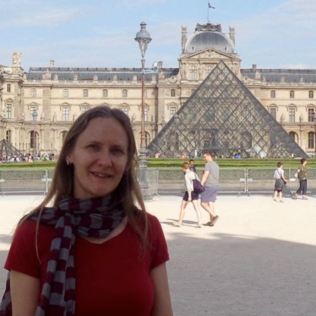
PhD: Pontificia Universidad Católica de Chile (2011)
Research Area: Evolution of Close Compact Binaries, Common Envelope Phase, Cataclysmic Variables, SNe Ia progenitors, Planets Around Evolved Binaries
Publications: ADS
Telephone: (+56 32) 299 5556
email: mzorotovic at dfa.uv.cl
Webpage: https://sites.google.com/site/mzorotovic/
About my research: My work is focused on the simulation of close compact binary stars, and the comparison of these with observational data. The aim is to achieve a better understanding of the common envelope phase, a phase that most of these stars undergo, which is a clue for understanding the evolution of some of the most interesting objects in the universe, such as type Ia supernovae, cataclysmic variables, or close double white dwarfs, to name a few. In addition, the recently suggested possibility of planets around evolved close compact binaries has raised the interest in knowing how they might have formed.

PhD: Institute of Astronomy, KU Leuven, Belgium (2009)
Research Area: Evolution of hot subdwarf stars, compact pulsators, close binary stellar evolution, asteroseismology
Publications: ADS
Telephone: (+56 32) 250 8304
email: maja.vuckovic at uv.cl
About my research: My research focuses on understanding the origin and evolution of extreme horizontal branch stars, by probing the internal structure of pulsating hot subdwarf stars through the interpretation of their frequency spectra. In order to analyse their pulsation spectra I am using the high-resolution time series photometric and spectroscopic data from ground based and space telescopes, like Kepler. By confronting the observed frequency spectrum with the theoretical models I am able to constrain crucial parameters in order to backtrace the evolution of hot subdwarf stars. In addition to asteroseismology I also study close binary stellar evolution, as well as extrasolar planets around evolved stars.
Teaching: "Stellar astronomy", FIS320, 2nd semester 2014
See my research in: Hot Subdwarf Stars - Substellar Objects around Evolved Stars - Data Bases, Surveys and Virtual Observatory - Variabilidad (Astroestadística)

Dr.rer.nat: Universidad de Rühr, Bochum, Alemania (1969)
Research Area: variable stars, cataclysmic binaries, classical novae, dwarf novae, post-common envelope binaries (PCEBs), Mira stars, long-term stellar variability with low amplitude; young low-mass binaries or multiple systems.
Publications: ADS
Telephone: (+56 32) 299 5552
email: nikolaus.vogt at uv.cl
About my research: In collaboration with Claus Tappert and an international workgroup I am carrying out a project for recovering classical Novae, more than 30 years after their eruption, by using spectroscopy and photometry on the remnants, determining orbital periods and other essential parameters to better understand the relation between Novae and other subclasses of cataclysmic variables. I am also leading another international project that analyzes observations of the cataclysmic binary TT Ari, obtained with the Canadian Space Telescope MOST in 2007 and 2012. Together with our students I am obtaining and analyzing our own observations of post-common envelope binaries (PCEBs) and other types of variable stars. In addition, we are utilizing the ASAS data-base in order to investigate properties of pulsating Mira stars, as well as the behavior of long-term variables with low amplitude. - In collaboration with astronomers of the Universities of Jena and Hamburg, Germany, I am carrying out research on young stars of low mass. This project is based on observations made with the NACO instrument of Paranal Observatory (ESO) which allows infrared photometry, high-angular resolution, and precise astrometry of stars in star forming regions and their companions and their stellar and substellar companions (brown dwarfs and planets).
Teaching: Introductory course in astronomy, optional courses (astrobiology, variable stars); undergraduate seminars and dirección of thesis in Master program of Astrophysics.
See my research in: Cataclysmic Variables and Novas - Substellar Objects - Planet and Star Formation - Variability
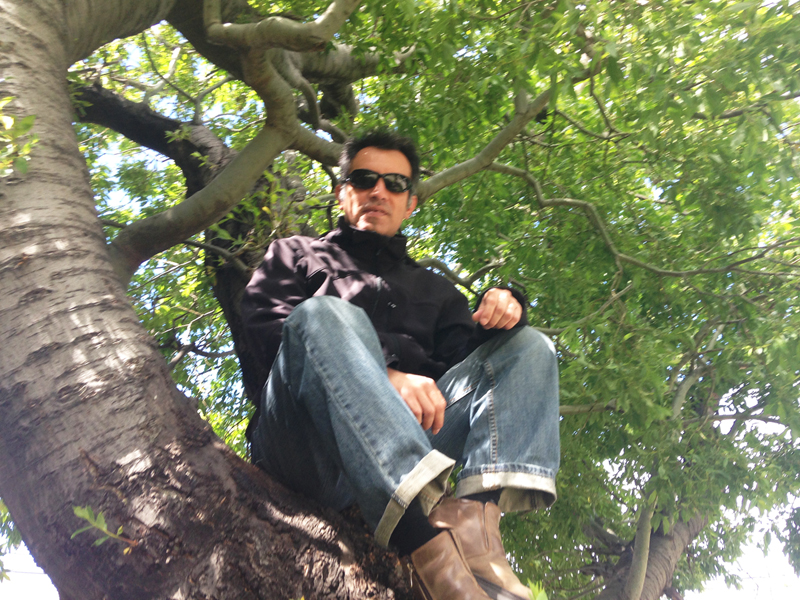
PhD: Pontificia Universidad Católica de Valparaíso.(2010)
Research Area: Inflation; reheating; dark energy (DE); dark matter (DM); DE-DM interaction; geodesics; tests of general relativity; exact solutions
Publications: INSPIRE
Telephone: (+56 32) 299 5557
email: jose.villanuevalob at uv.cl
Página web: www.dfa.uv.cl/~jose
About my research: My main research areas are the theory of gravitation and cosmology. In gravitation, my interest resides in the study of the motion of particles (neutral and electrically charged) across different space-times, putting special attention on the classical tests of the general relativity to compare it with availables observational data. In cosmology, I focus on the study of the dynamic behavior of the universe at different epochs, especially in the inflationary era and the accelerated expansion regimen, using alternative models which are tested using the most current data available.
Teaching: Classical Mechanics, Statistical Mechanics, Waves and Optics; Laboratory of electromagnetism; Cosmology; General Relativity; Nuclear Physics; Physical Processes in Astrophysics.
See my research in: Cosmology - Gravitaction
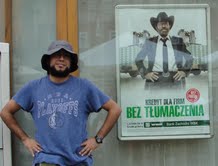
PhD: Universidad Federico Santa María (2009)
Research Area: Gauge / Gravity Dualities, Hadron Physics, AdS / QCD
Publications: INSPIRE
Telephone: (+56 32) 250 8228
email: alfredo.vega at uv.cl
About my research: Application of Gauge / Gravity dualities in Hadronic Physics in the Bottom - Up approach using AdS / QCD models as well as Light Front Holography. Study of very energetic Cosmic Rays and some aspects of hadronic phenomenology using quark potential models.s.
Teaching: Mechanics, Mathematical Methods of Physics I and II, Contemporary Physics.
See my research in: Particle Physics - Gravitation
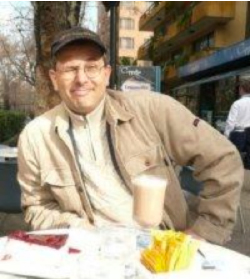
Dr.rer.nat.: Ruhr-Universität Bochum, Alemania (Alemania).
Research Area: Cataclysmic Variables, Binary Stars, Novae
Publications: ADS
Telephone: (+56 32) 299 5551
email: claus.tappert at uv.cll
About my research: I am mainly working on Cataclysmic Variables (CVs). These are close interacting binary stars, with the primary component (the more massive one) being a white dwarf, and the secondary component usually being a late-type (K-M) star, that is on, or at least close to, the main-sequence. The latter star transfers matter via Roche-lobe overflow into the gravitational regime of the primary star. Depending on the strength of the white dwarf's magnetic field, this matter is accreted by the primary either via an accretion disc, or via accretion columns that form along the magnetic field lines (in case of a strong field). While I have dabbled in several aspects of CV research, my current interest concerns their evolution, and specifically the role of the nova eruption in this.
See my research in: Cataclysmic Variables and Novas - Variability
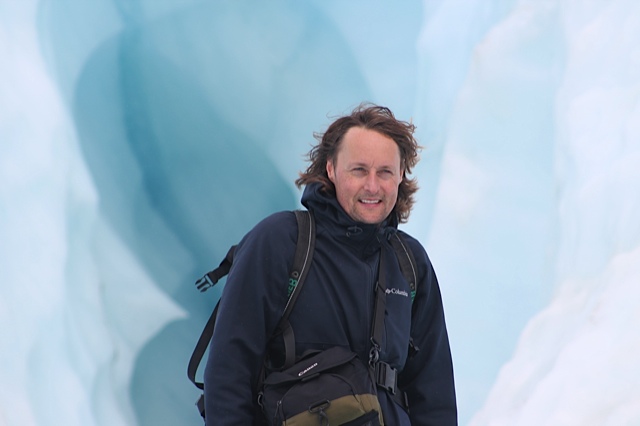
PhD: Georg-August University of Goettingen, Germany (2001)
Research Area: compact binary evolution, white dwarfs, protoplanetary disks, planet formation.
Publications: ADS
Telepone: (+56 32) 299 5518
email: This email address is being protected from spambots. You need JavaScript enabled to view it.
About my research: My main research areas are the evolution of close compact binary stars and protoplanetary disks. In both fields I combine theoretical modeling with observational surveys to constrain crucial parameters. For details see links to protoplanetary disk and compact binary star group.
See my research in: Cataclysmic Variables - Evolution of Close Compact Binary Stars and SN Ia Progenitors - Substellar Objects - Massive Stars - Protoplanetary Discs - Variability (Astrostatistics)
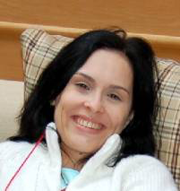
PhD: PhD en Ciencias Físicas, Instituto de Astrofísica de Canarias, España (2002)
Research Area: observational cosmology, strong gravitational lensing, microlensing, active galactic nuclei, accretion disks, galaxy groups and clusters, high redshift galaxies, dark matter, spectroscopy
Publications: ADS
Telephone: (+56 32) 250 8461
email: veronica.motta at uv.cl
About my research: My research interest is related to the dark matter content in our universe, both at small and large scale. I use gravitational lensing (micro, strong, and weak) in areas as different as the cosmological distance scale, the large scale matter distribution in the universe, mass distribution of galaxy groups and clusters, the physics of quasars, and galaxy structure. I take advantage of multi-wavelength observational data and theoretical models to constrain the properties of gravitationally bound objects at different redshifts.
Teaching: MSc. course, Advanced Course on Extragalactic Astrophysics, PhD.
course, thesis project
See my research in: Gravitational Lensing - Active Galactic Nuclei

PhD: Louisiana State University (1990)
Research Area: Electron-electron Interaction, Doubly Excited Rydberg States in Atoms, Slater integral Symmetry
Telephone: (+56 32) 250 8302
email: quintin.molina at dfa.uv.cl
About my Research: In Atomic Physics, the study of Doubly Excited States of Atoms, particularly the electron-electron interaction in Rydberg States. Other Interest: Experimental Physics teaching at freshmen courses and in general teaching Physics at freshmen courses.
Teaching:
Mechanics II, for Physics and Astronomy Students
Physics, for Mathematics students.
Modern Physics, for Informatics Civil Engineering students
Physics Introduction, for Physics and Astronomy students.
Physics I, for Biomedics Civil Engineering students.
See my research in: Particle Physics
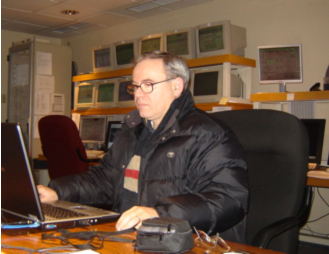
PhD: Sofía University, Bulgaria (2000)
Research Area: stellar formation, stellar clusters, Milky Way galaxy, infrared astronomy, very low mass stars, brown dwarfs, cool atmospheres
Publications: ADS(full) - ADS (refereed)
Telephone: (+56 32) 250 8303
email: radostin.kurtev at uv.cl
Webpage: http://rkurtev.wix.com/rkurtev
About my research: My principal research is focused on the study of resolved stellar populations and young stellar clusters in the Milky Way galaxy, stellar formation and variability. My recent research focuses on the properties of the lowest mass stars and coldest brown dwarfs. I am particularly interested in characterizing and understanding the cool atmospheres as well as searching for multiple systems and monitoring BD variability in order to understand atmospheric dynamics–essentially weather.
Teaching: General astronomy – undergraduate, Advanced stellar astrophysics - graduate
See my research in: Substellar Objects - Planet and Star Formation - Clusters and Associations - Field Population - Variability
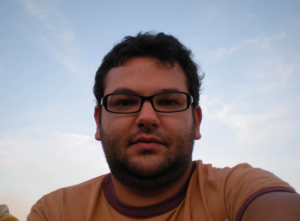
PhD: Université de Nice Sophia-Antipolis, Francia
Research Area: Massive stars, Be and B[e] stars, stellar interferometry, radiative transfer
Telephone: (+56 32) 250 8301
email: samer.kanaan at uv.cl
About my research: My main research area focuses on Be and B[e] stars. I mainly use VLTI the infrared interferometer located in the north of Chile. Interferometry is a unique technique that allows us to reach high angular resolution. Using this technique we are able not onlu to measure the size, but also the kinematics of celestial objects. Moreover I use different radiative transfer codes to analyse the observational data (SIMECA, MC3D, HDUST).
Teaching: Astrostatistics, IDL, Interferometry
See my research in: Massive Stars - Data Bases, Surveys and Virtual Observatory
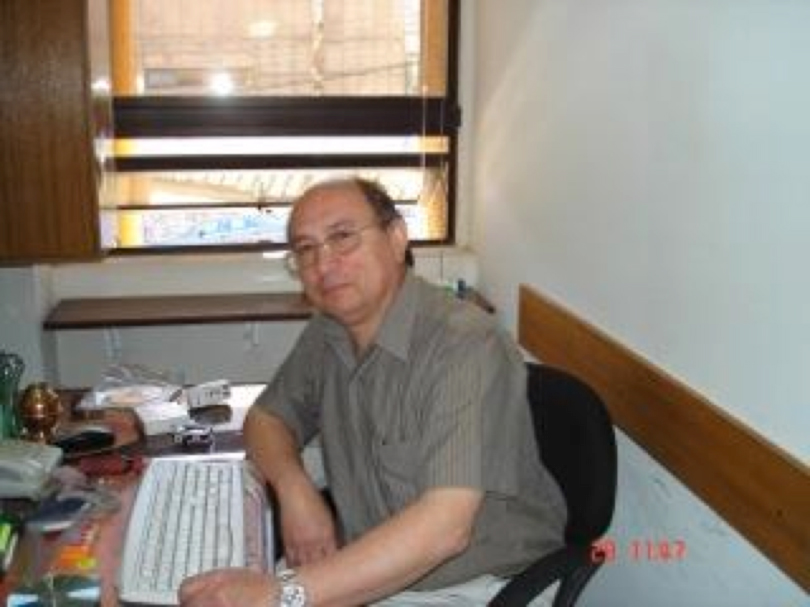
MSc: Magister en Ciencias con Mención en Física, U. Católica de Valparaíso (1989)
Research Area: General Relativity, Cosmology
Telephone: (+56 32) 299 5558
email: osvaldo.herrera at uv.cl
About my research: My new line of research is focused on inflationary universe modeling using the slow-roll approximation
Teaching: Mechanic, Electromagnetism, Thermodynamics and Modern Physics
Laboratories: Thermodynamics and Modern Physics
Teaching Laboratories: thermodynamics and Modern Physics.
See my research in: Cosmology - Gravitation

PhD: Universidad Técnica Federico Santa María (2007)
Research Area: Perturbative QFT; Feynman diagrams; Method of Brackets
Publications: ADS - INSPIRE
Telephone: (+56 32) 250 8226
email: ivan.gonzalez at uv.c
About my research: My main research projects are connected with:
- Higher-order calculations in perturbative QCD.
- Development of methods and analytical techniques for evaluating Feynman diagrams.
- Computer Algebra Application to Mathematics and Physics.
- Heuristic calculus and applications to integrals and differential equations.
- Study and applications of special functions.
Teaching: Introductory Physics, Mechanics, Quantum Mechanics I, Quantum Mechanics II, Advanced Quantum Mechanics, Mathematical Methods of Physics II.
See my research in: Particle Physics
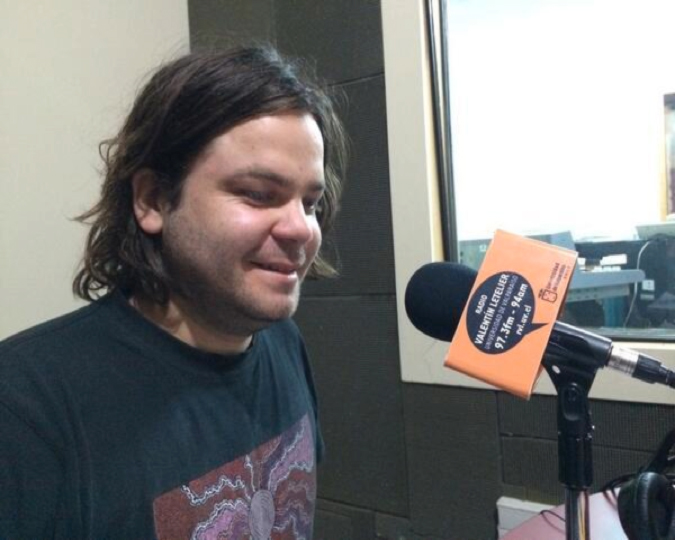
PhD: Doctor of Philosophy, Astronomy. Institute for Astronomy, University of Edinburgh, Edinburgh, UK (2009)
Research Area: Observational Cosmology, Galaxy Formation and Evolution, Active Galactic Nuclei, Deep Radio, Infrared y Submillimetre surveys.
Publications: ADS
Telephone: (+56 32) 250 8306
email: eduardo.ibar at uv.cl
Webpage: http://edoibar.wix.com/home
About my research: I work in a wide range of projects covering different state-of-the-art lines of research. These days I am working with the ALMA telescope to understand the physical conditions of the gas and dust in high redshift galaxies. My research is performed using all sort of multi-wavelength evidences for detailed analyses of distant objects. In particular, my personal interest is focused in understanding the way in which galaxies evolved as a function of redshift using deep radio (JVLA), infrared (Herschel) and sub-millimetre (ALMA) surveys.
Teaching: Research Work II (class for MSc and PhD students in Astrophysics) -- 2nd semester 2014
See my research in: Gravitational Lensing - Active Galactic Nuclei - Galaxy Formation and Evolution
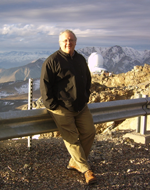
Dr. rer. nat.: Physik, Ludwig-Maximillians University - Munich, Germany (1992)
Research Area: Massive Stars, Stellar winds, hydrodynamics, Radiative transport, Numerical Methods, Astrostatistics, Astrometeorology
Publications: ADS
Telephone: (+56 32) 250 5519
email: michel.cure at uv.cl
About my research: My main line of research is massive stars, and particularly the manner in which they lose mass (stellar winds and hydrodynamics). We use different codes for obtaining the synthetic spectra of stars, Hydwind (developed by our group), FASTWIND & CMFGEN for radiative transport. We also do research in Astrostatistics, applying new statistic tools for solving astrophysical problems, for example in the distribution of rotational velocities of stars or the distribution of mass ratios in binary systems. Another area we cover is Astrometeorology, that is, understanding and predicting the atmospheric conditions over international observatories built in Chile. We pay particular attention to precipitable water vapor predictions and seeing.
See my research in: Variability - Data Bases, Surveys and Virtual Observatory - Astrometeorology
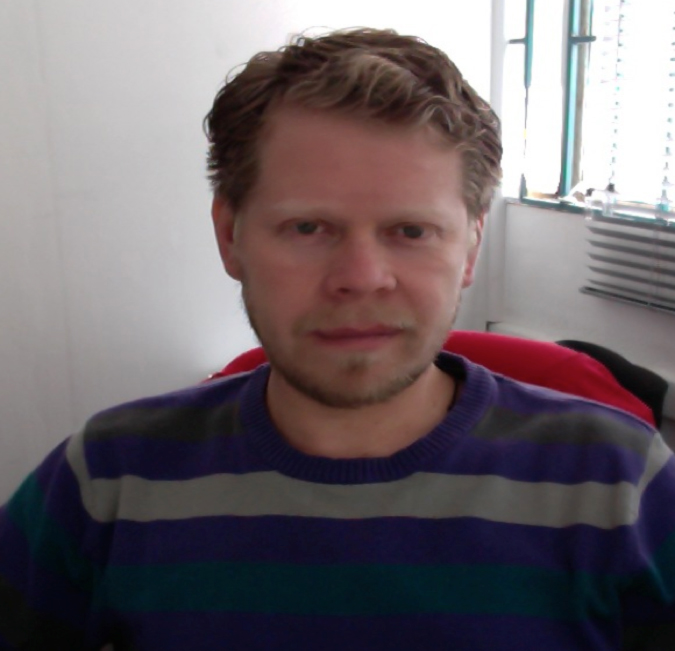
PhD (c): in Meteorology, Ludwig Maximilians Universitaet, Munich, Germany
Research Area: Meteorology, Astrometeorology, Atmospheric simulations
Publications: ADS (full) - ADS (refereed)
Telephone: (+56 32) 250 8492
email: omar.cuevas at uv.cl
Webpage: almaforecast.dfa.uv.cl/astromet
About my research: My main research is the study of the turbulence around the astronomical observatories, focus in the characterization and forecast of optical turbulence and astronomical seeing to allow for optimization of the operations. I am also involved in site testing for new astronomical observatories to arrive in Chile. I use meteorological models applied in mesoscale that simulate the atmospherics conditions in complex orographic zones.
Teaching: Computational Physics I, II and III. Undergraduate.
See my research in: Astrometeorology
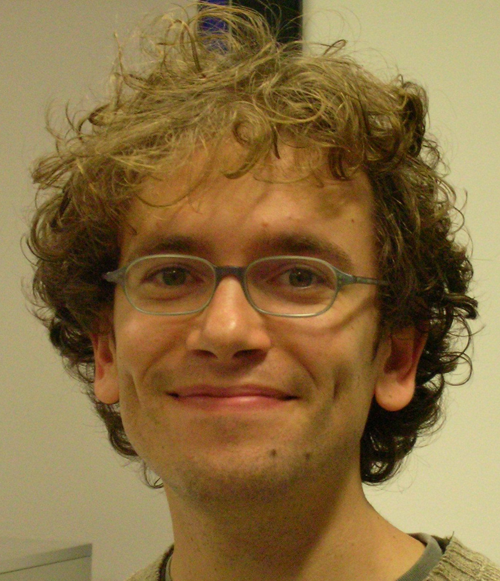
PhD: Università degli Studi di Padova (2005)
Research Area: Galaxy evolution, observational cosmology, morphological properties and spectroscopy of high-redshift galaxies
Publications: ADS
Telephone: (+56 32) 250 8309
email: paolo.cassata at uv.cl
About my research: The goal of my research is to understand what are the processes that shape the formation and evolution of galaxies throughout the history of the Universe. I make use of deep extragalactic surveys combining data from space and ground observatories to build large samples of galaxies, and I exploit spectroscopy and high-resolution imaging to constrain their properties as a function of redshift.
See my research in: Active Galactic Nuclei - Planet and Star Formation - Data Bases, Surveys and Virtual Observatory
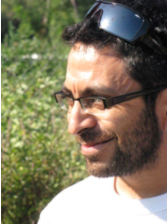
PhD: Universidad de Santiago de Chile (2001)
Research Area: Cosmology, General Relativity, Dark Matter, Dark Energy
Publications: ADS - INSPIRE
Telephone: (+56 32) 299 5554
email: victor.cardenas at uv.cl
About my research: My work is focused on the theoretical description of the observed Universe, both at early times (in the inflationary era) and in recent times (where dark energy dominates). I make use of general relativity, as well as alternative theories of gravitation, I propose cosmological models, and I test them against the available observational data.
See my research in: Cosmology - Gravitation

PhD: University of Sofia, Bulgaria (1990)
Research Area: stellar formation, stellar clusters, Milky Way galaxy, infrared astronomy, massive stars, variable stars
Publications: ADS
Telephone: (+56 32) 250 8312
email: jura.borissova at uv.cl
webpage:www.dfa.uv.cl/~jura
About my research: My research is focused on the study of resolved stellar populations in our Galaxy and the Local group. Currently I am working on several projects with the aim to better understand the processes of the formation and evolution of open and globular Galactic star clusters. Other lines of my research interest are variable stars in star clusters and proper motion. I am using mainly Vista Variables in Via Lactea ESO Large Survey, which scan the disk and bulge of the Galaxy in the near-infrared for 5 years. The obtained from this survey photometry is complemented with follow-up spectroscopy. Recently, I was also involved in APOGEE 2 spectroscopic survey, as well as I am member of Millennium Institute of Astrophysics, MAS
Teaching: General astronomy – undergraduate, Advanced stellar astrophysics , Stellar astrophysics, Topics in astronomy: star clusters, Early investigation for Master and PhD student: stellar photometry.
See my research in: Massive Stars - Planet and Star Formation - Clusters and Associations - Variability
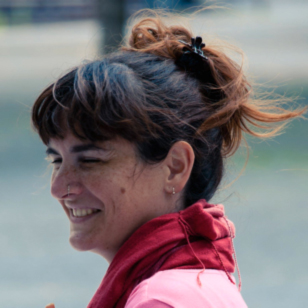
PhD en Physics: Universidad Autónoma de Madrid, Madrid, 2009
Research Area: Brown dwarfs, low-mass star formation, astro-statistics
Publications: ADS (full) - ADS(refereed)
Telephone: (+56 32) 250 5555
email: amelia.bayo at uv.cl
Webpage: http://ameliabayo.wix.com/astronomer
About my research: My main research interest deals with understanding how brown dwarfs (astronomical objects with masses between those of planets and those of stars) form by comparing their observational properties with those of the higher mass siblings in the stellar nurseries. To conduct this research I naturally need to deal with large data-sets and data-bases, so in parallel I contribute to the field of astro-statistics by improving and developing new techniques and tools in the framework of the Virtual Observatory (in particular I am the PI of VOSA: http://svo2.cab.inta-csic.es/svo/theory/vosa/)
See my research in: Substellar Objects - Planet and Star Formation - Clusters and Associations - Variability (Astrostatistics) - Data Bases, Surveys and Virtual Observatory
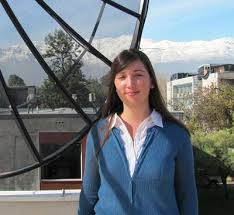
PhD: Ludwig Maximilians Universitaet, Munich, Max-Planck-Institut fuer extraterrestrische Physik
Research Area: Black holes, accretion, Active Galactic Nuclei (AGN)
Publications: ADS
Telephone: (+56 32) 250 8305
email: patricia.arevalo at uv.cl
About my research: My main research interests deal with accretion onto supermassive black holes and the study of the entire central engine of Active Galactic Nuclei (AGN). I use X-ray data, mainly from XMM-Newton, Chandra and NuSTAR space observatories, as well as optical and IR data taken with telescopes in northern Chile to map the structure of the accretion disc, X_ray corona and the molecular dusty obscurer. I also study accretion behind thick layers of gas, to better understand the spectrum of this important phase of black hole growth and better interpret the cosmic X-ray background
Teaching: Graduate course “Active Galactic Nuclei: the X-ray view”
See my research at : Active Galactic Nuclei - Variability (Astrostatistics)



